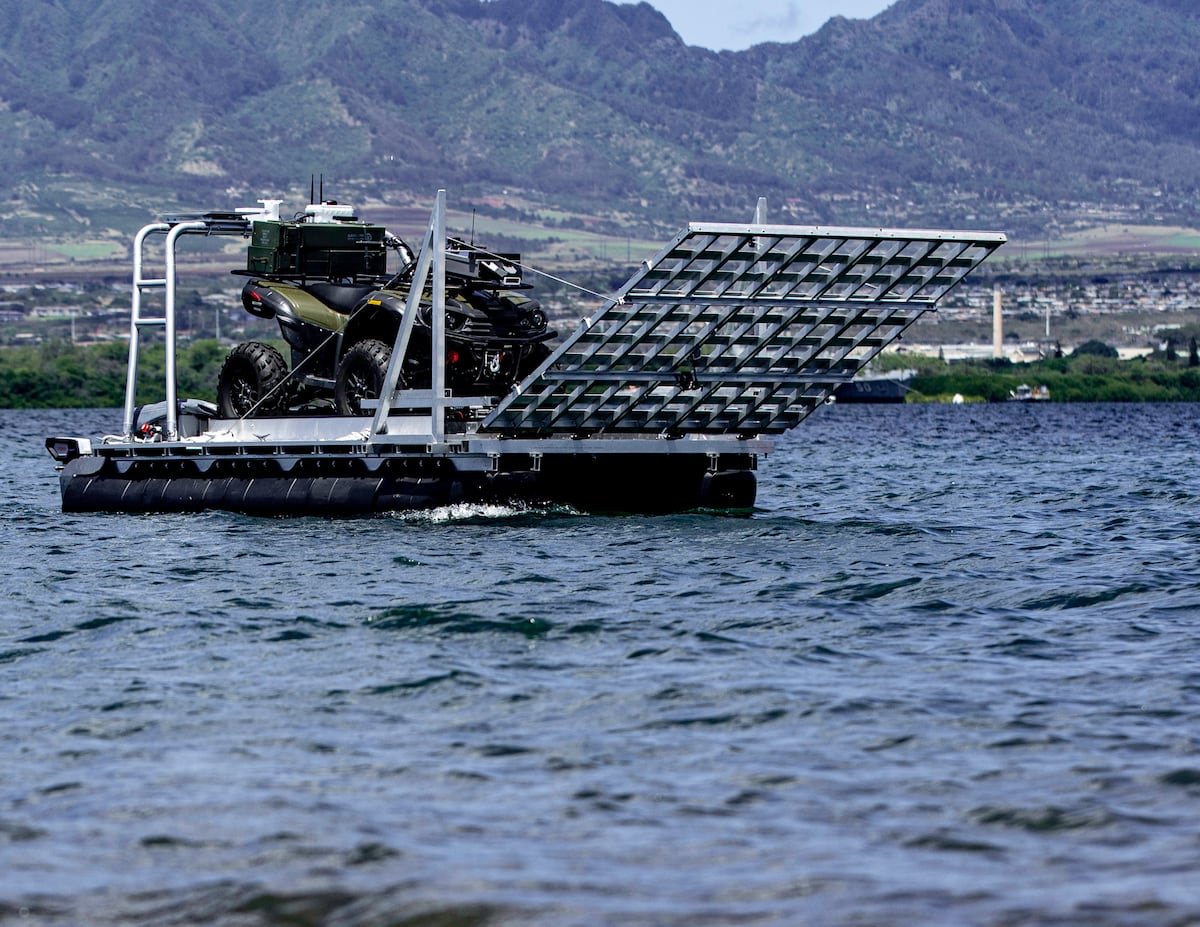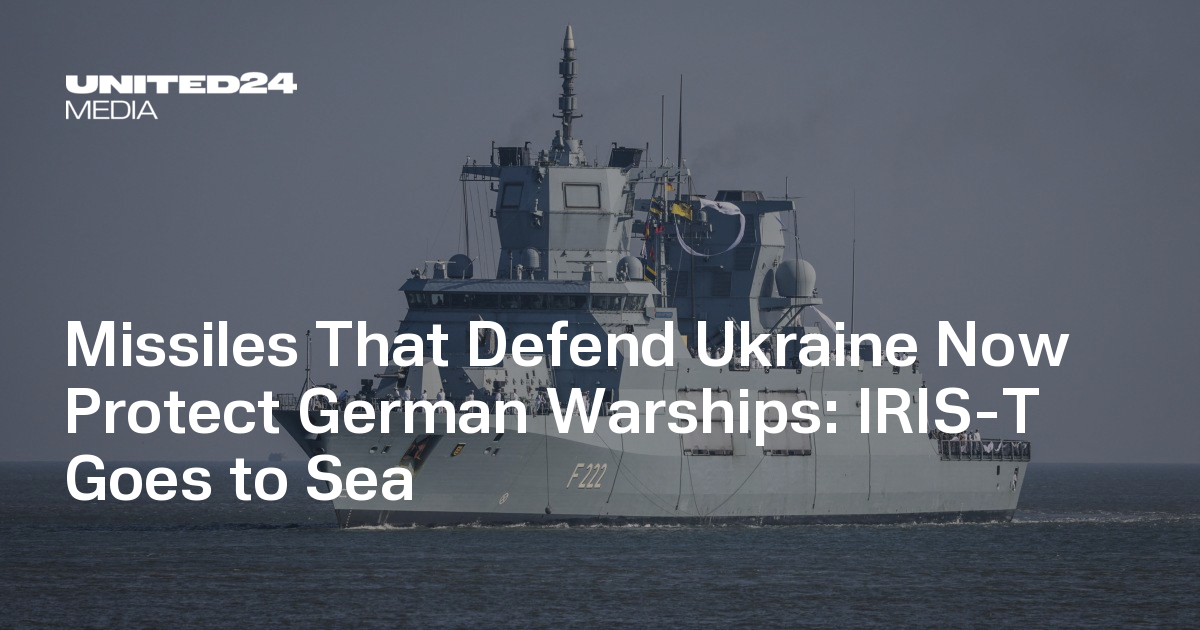Neither of these options make sense to me.
A battery powered corvette in the 2000 - 3000 tons range would be no different than a diesel/AIP submarine. You'd be capable of running for two or three days at loitering speed, with maybe four to six hours of sprint here and there in it, before having to recharge on diesel/AIP. Do we see this as the operating pattern of those CDC? I don't. So what would be the point of such system (other than let the government claim that they are reducing their carbon footprint)? Is it so they would be silent for ASW? The CDC are (from what is currently publicly available) not the sub-hunters, the HAL's and River's are. Besides, if you want to make them quiet, there are other ways that are simpler and cheaper.
On the other hand, if the idea is to develop a ship that can be quickly put together, much faster than the high end ones, to quickly come into service, with much built and designed in Canada and capable of fast ramping up of production if need be, don't go for the complex AOPS systems. Stick to simple, proven and effective. My own choice would be two diesel - two shafts - two VP props, but if you want a bit of redundancy, I could accept four diesel (two to each shaft) running two shaft in a CODAD configuration, still with VP props. This is the route that the Iver Huitfedt and Type 31 took and you can see how much faster they were to build compared to the Type 26, or European FREMM's.
The CDC are not ships on which to re-invent the wheel.




